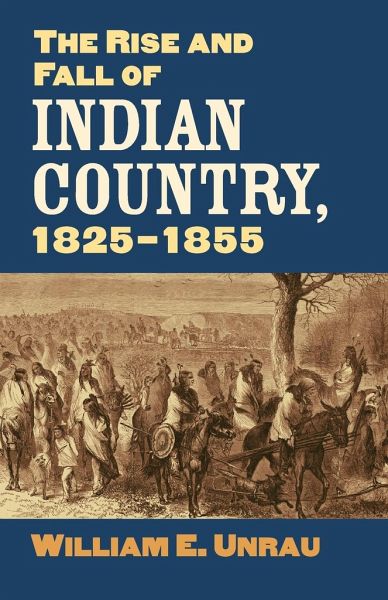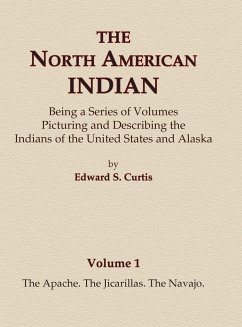
Rise and Fall of Indian Country, 1825-1855
Versandkostenfrei!
Versandfertig in 1-2 Wochen
31,99 €
inkl. MwSt.

PAYBACK Punkte
16 °P sammeln!
The Indian Trade and Intercourse Act of 1834 represented what many considered the ongoing benevolence of the United States toward Native Americans, establishing a congressionally designated refuge for displaced Indians to protect them from exploitation by white men. Others came to see it as a legally sanctioned way to swindle them out of their land. This first book-length study of "Indian country" focuses on Section 1 of the 1834 Act-which established its boundaries-to show that this legislation was ineffectual from the beginning. William Unrau challenges conventional views that the act was a ...
The Indian Trade and Intercourse Act of 1834 represented what many considered the ongoing benevolence of the United States toward Native Americans, establishing a congressionally designated refuge for displaced Indians to protect them from exploitation by white men. Others came to see it as a legally sanctioned way to swindle them out of their land. This first book-length study of "Indian country" focuses on Section 1 of the 1834 Act-which established its boundaries-to show that this legislation was ineffectual from the beginning. William Unrau challenges conventional views that the act was a continuation of the government's benevolence toward Indians, revealing it instead as little more than a deceptive stopgap that facilitated white settlement and development of the trans-Missouri West. Encompassing more than half of the Louisiana Purchase and stretching from the Red River to the headwaters of the Missouri, Indian country was designated as a place for Native survival and improvement. Unrau shows that, although many consider that the territory merely fell victim to Manifest Destiny, the concept of Indian country was flawed from the start by such factors as distorted perceptions of the region's economic potential, tribal land compressions, government complicity in overland travel and commerce, and blatant disregard for federal regulations. Chronicling the encroachments of land-hungry whites, which met with little resistance from negligent if not complicit lawmakers and bureaucrats, he tells how the protection of Indian country lasted only until the needs of westward expansion outweighed those associated with the presumed solution to the "Indian problem" and how subsequent legislation negated the supposed permanence of Indian lands. When thousands of settlers began entering Kansas Territory in 1854, the government appeared powerless to protect Indians--even though it had been responsible for carving Kansas out of Indian country in the first place. Unrau's work shows that there has been a general misunderstanding of Indian country both then and now--that it was never more or less than what the white man said it was, not what the Indians were told or believed--and represents a significant chapter in the shameful history of America's treatment of Indians.












